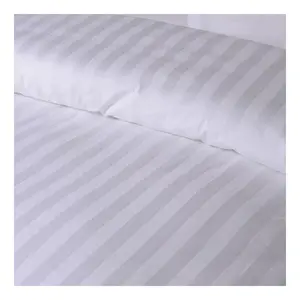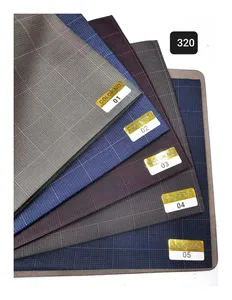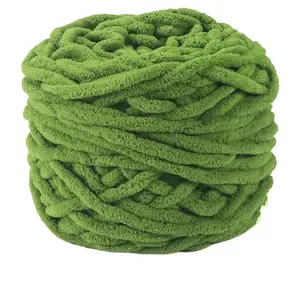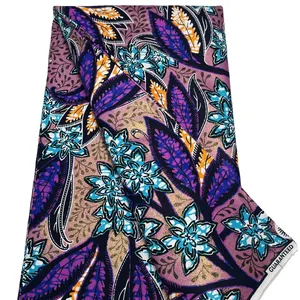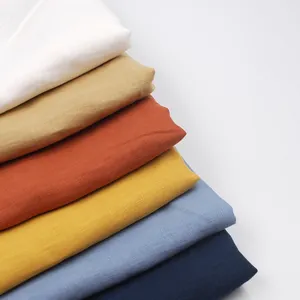Popular in your industry






























































Related Searches:














































































































Top categories
About cleanroom fabric
Cleanroom Fabric Overview
Cleanroom fabric is a specialized material designed to meet the stringent requirements of controlled environments such as laboratories, pharmaceutical facilities, and electronic assembly lines. This fabric is engineered to minimize particle release and resist a variety of industrial stresses, making it an essential component in maintaining the integrity of cleanroom conditions.
Types and Composition
There are various types of cleanroom fabric, each tailored to specific applications. These fabrics are typically categorized by their fiber composition and manufacturing process. For instance, some are made from synthetic fibers like polyester or nylon for enhanced durability, while others incorporate carbon fibers for static dissipation. The construction of these fabrics can be woven, knit, or nonwoven, with each method offering distinct characteristics in terms of barrier effectiveness and comfort.
Applications and Uses
The application of cleanroom fabric is diverse, ranging from apparel like lab coats and coveralls to wipes and mops used for cleaning and maintenance. Its use is critical in environments where contamination control is paramount. For example, in semiconductor manufacturing, the slightest particulate can compromise the integrity of the circuitry. Therefore, the fabric's properties are carefully selected to match the specific requirements of the application, whether it be particle filtration, fluid resistance, or durability.
Features and Advantages
The features of cleanroom fabric are engineered to provide several advantages. These include low linting properties to reduce contamination risk, high filtration efficiency, and compatibility with sterilization processes. Additionally, the durability of these fabrics ensures they can withstand repeated laundering and sterilization, which is cost-effective and environmentally friendly. The inherent versatility of cleanroom fabrics makes them suitable for a range of controlled environments, ensuring safety and compliance with industry standards.
Material Selection and Sustainability
When selecting cleanroom fabric, the material's sustainability and environmental impact are increasingly considered. Manufacturers are focusing on producing fabrics that not only meet cleanroom standards but also align with eco-friendly practices. This includes the use of recycled materials and processes that reduce water and energy consumption during production.
Choosing the Right Fabric
Selecting the appropriate cleanroom fabric is crucial for maintaining the operational standards of a cleanroom facility. Factors such as the cleanroom class, the nature of the work being performed, and the required durability of the fabric play a significant role in the selection process. It is important to consult with material experts or technical data sheets to ensure the fabric chosen meets the specific needs of your application.
